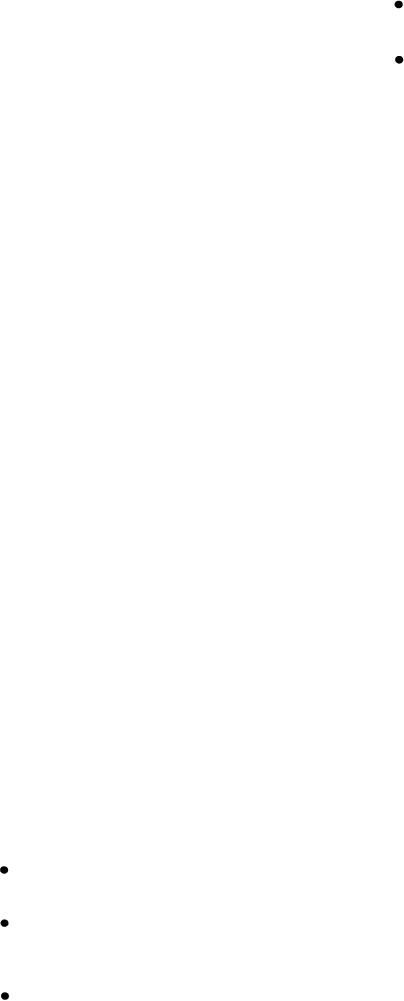
Often, the ship must move up the pier or wharf in
When you handle lines, fake down the standing
short steps; in this case, the command "Shift lines on the
part to prevent fouling.
dock forward (or aft)" or "Walk number one forward (or
Remember that nylon, polyester, and other
aft)" is given. Supplementary information about the
synthetic lines are characterized by high
distance of the move is also sent down from the bridge.
Caution must be used in this movement, since control of
elasticity and low friction. The following rules
the ship's position is still being exercised by the use of
apply:
the mooring lines, and the ship's propulsion or tugs will
a. Add an extra turn when you are securing a
be used to make the move.
line to a bitt, cleat, capstan, or other holding
If the ship's auxiliary deck machinery should be
device.
used to haul in on a line, the command "Take one
b . When you ease synthetic line out from
(number one) to the capstan" is given. This may be
holding devices, use extreme caution
followed by "Heave around on one (number one)" and
because of the high elasticity, rapid
then, "Avast heaving on one (number one)".
recovery, and low friction.
DIPPING THE EYE
c . Remember, three strand nylon line, on
parting, is stretched to about 1 1/2 times its
original length and snaps back at near the
If two mooring lines are placed over the same
speed of sound.
bollard, the second one should be led up through the eye
d . Know your gear and its capabilities; train
of the first, then placed over the bollard. This procedure
deck personnel; quiz line handlers on their
makes it possible for either line to be cast off without
duties and on safety on station.
disturbing the other.
e . Make sure all the hands involved are safety
FRAPPING LINES AND RAT GUARDS
briefed before and critiqued after an
evolution.
When a ship is pierside or inboard in a nest, she will
f . Never use synthetic mooring lines without a
normally frap her lines. This is done by wrapping the
tattletale cord.
mooring line snugly with small stuff, marrying the three
parts of the mooring line together.
When the frapping is complete, the rat guards are
KNOTS, BENDS, AND
placed on the lines. Canvas chafing gear must first be
HITCHES
lashed to the mooring line to protect it from the metal rat
Among Seamen, the landsman's all-inclusive term
guard. Rat guards are circular metal disks, lashed
knot must give way to knot in its more specific meaning
together on a mooring line with the concave side to the
and to the terms bends and hitches. Seamen, in addition,
pier. Rat guards should not be used when the ship is
must know which knot, bend, or hitch will serve best in
moored outboard in a nest; however, lines that are run to
a particular circumstance.
the pier must have them installed.
KNOTS AND BENDS
LINE-HANDLING SAFETY PRECAUTIONS
A knot, according to a Seaman's use of the term, is
Whenever you handle lines, observe the following
usually a line bent to itself. The knot forms an eye or a
safety precautions:
knob or secures a cord or line around something, such as
Tend the lines well behind the bitts in case the
a package.
line surges or parts.
A bend ordinarily is used to join two lines together.
Do not stand in the direct line of pull of a
Reeving Line Bend
working line. Under no circumstances stand in
the bight of a line.
Frequently it is necessary to bend together two lines
that must reeve around a capstan or winch drum. The
Do not even try to check a line that is running out
best knot for this purpose is the reeving line bend, as
rapidly by stepping on it.
4-15

